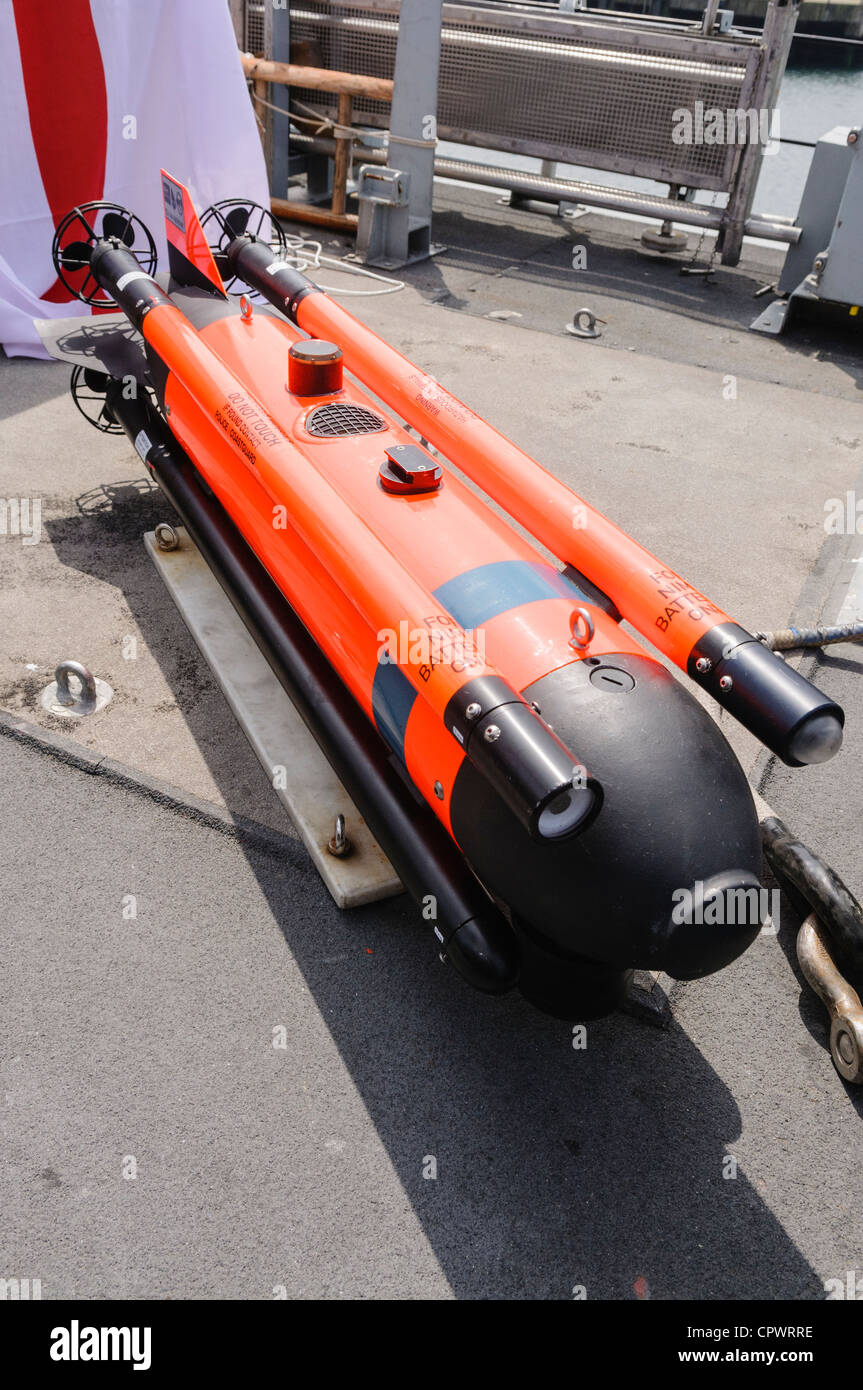

The sensor channel spacing along a fiber-optic cable can be decreased down to a few centimeters and the gauge length for each sensor can be controlled independently. Detailed discussions on the difference in the scattering processes between Rayleigh and Brillouin can be found in an article 8. However, Brillouin based sensing can suffer from issues of narrow frequency bands, small frequency shift, and reduced sensitivity to temperature. On the other hand, Brillouin based sensing is commonly employed in distributed strain sensing (DSS) or distributed temperature sensing (DTS), because even ambient condition directly affects the back-scattering of light. It has been studied that DAS based on Rayleigh back-scattering of light is capable of long-range sensing within a wide frequency range, but with less spatial resolution, as compared to Brillouin based sensing 7. Therefore, DAS functions as spatio-temporally continuous strain sensors deployed from the optical source over a distance of few tens of kilometers. Distributed acoustic sensing (DAS) based on Rayleigh back-scattering of light is one of the fiber-optic sensing technologies enabling us to monitor vibration of the ground by measuring phase changes within a fiber-optic cable due to its strain changes caused by elongation and compression of the fiber 6. Various previous studies have shown that a fiber-optic cable itself can be a sensor because optical light scattering effects are relatively sensitive to external influences such as strain, temperature or magnetic field 1, 2, 3, 4, 5.

Although our study suggests that virtual sensor’s self-noise of the present DAS measurement is relatively high compared to the conventional in-situ hydroacoustic sensors above a few Hz, the DAS identifies the ocean microseismic background noise along the entire submarine cable except for some cable sections de-coupled from the seafloor. The observed phases of hydroacoustic signals are coherent within a few kilometers along the submarine cable, suggesting the DAS is suitable for applying correlation analysis using hydroacoustic signals. The DAS measurement can be sensitive for hydroacoustic signals in a frequency range from \(10^\) to a few tens of Hz which is similar to the hydrophones. Here, we show the hydroacoustic signals identified by the DAS measurement characterizing in frequency-time space. We examine the acquired DAS dataset together with the co-located hydrophones to investigate the detection capability of underwater acoustic (hydroacoustic) signals. A ship-based seismic survey was conducted close to a fiber-optic submarine cable, and 50 km-long distributed acoustic sensing (DAS) recordings with air-gun shots were obtained for the first time.


 0 kommentar(er)
0 kommentar(er)
